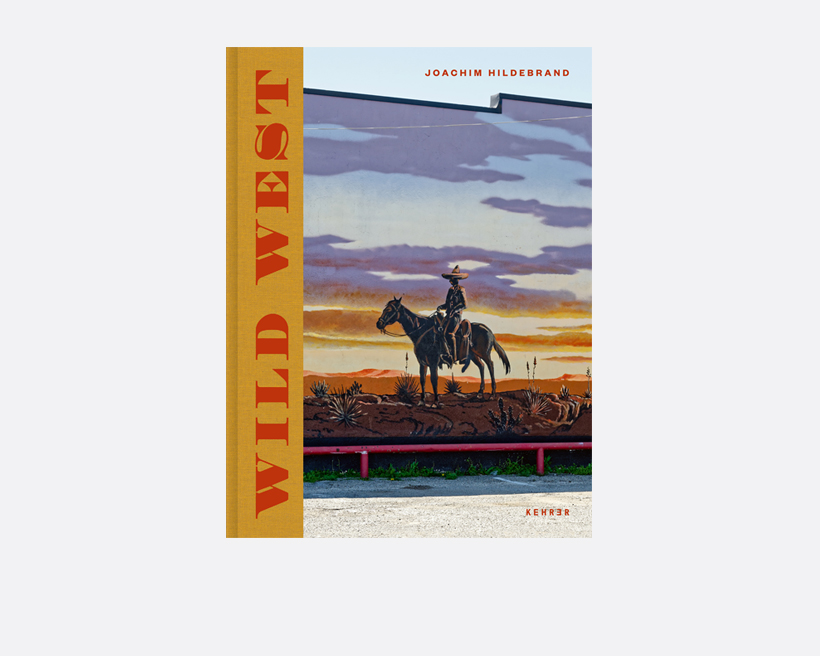What better way to approach an American myth than through a road trip? Hildebrand traveled through the American Southwest, in which the Wild West is located both geographically and in our imagination. The title of the project inevitably evokes images full of clichés and stereotypes. Today, where the wilderness has been displaced by “civilization”, Hildebrand discovers entirely different scenes than those generally associated with the Wild West and the American frontier. He sets his sight on blurred contours, contradictions, borders, and transitions: from architecture to nature, from urbanity to landscape and finds a visual rhythm in the multitude
of man-made patterns and materials amongst the outdoors.
A reassuring blue sky is sometimes the only element that stands for the pristine or archetypal environment.
“Wild West” is a photographic discourse on how humans nest, uproot, and build again. The archetypes of the American West have become mere platitudes. “Wild West” is a mecca of surreal irony that has more to do with suburban development than it does with adventures in arid landscape. Here, where triviality meets absurdity, the myths of the Wild West and “manifest destiny,” which are so essential for the
self-understanding of the USA, are deconstructed.
“Wild West” can be read as a photo verse that questions remnants of the better days of the American dream from decades gone by and the continued human claim to nature’s vastness. Instead of the virgin landscape,
Hildebrand displays a paved paradise that is manufactured by “civilization.” It is a global Wild West in the middle of the American West.
Wild West
Joachim Hildebrand
With texts by Celina Lunsford and Manfred Berg
Publisher
KEHRER Verlag
2018
Design
Sascha Fronczek
Joachim Hildebrand
128 pages
32 x 24 x 2.5 cm
Edition of 1100



